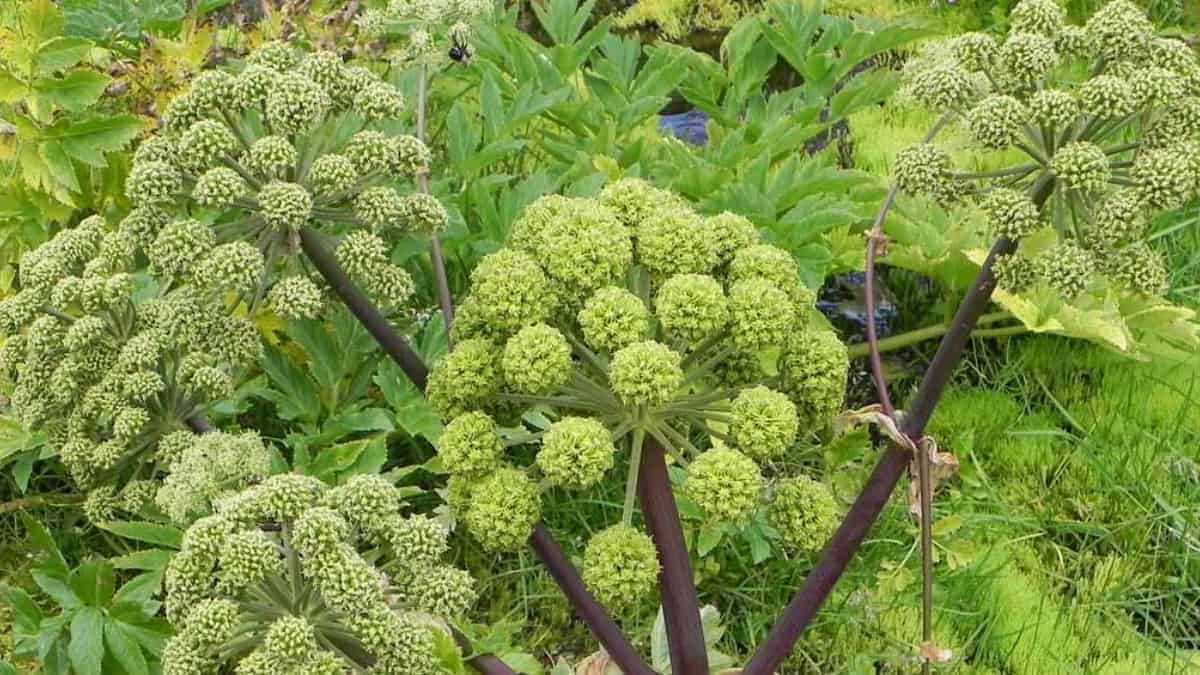Description
An aromatic herb with celery-like stems, small heads of flowers, and pungent seeds.
What does angelica herb taste like?
The flavor of the angelica herb is earthy, musky, bitter, and herbal with a perfumed aroma of nettle.
Where does it come from?
Angelica or archangelica officinalis is a member of the parsley family. Known as ‘the herb of angels,’ the plant is native to northern Europe.
Angelica Herb Uses
The anise aspect of the seeds brings out the natural sweetness in ingredients best suited for use within cookies, sweets, custard, and desserts.
The stems can be eaten raw treated like celery and the leaves can be used in salads and soups.
Angelica Substitutes
- Juniper: when baking replicate angelica with juniper to replicate the warming earthy aspects.
- Celery leaves: substitute in place of angelica leaves, known as ‘wild celery,’ the flavors are very similar.
Compliments and Pairings
The taste suits similar flavor profiles as well as working to counteract sharp citrus ingredients such as fennel, chervil, parsley, carrot, parsnip, rhubarb, chocolate, nuts, juniper, pear, ginger, apple, orange, tarragon, mint, dill, apple, fruits, strawberries, raspberries, and ripe berries.
Expiration and Storage
- Whole seeds: store in an airtight container away from direct light and moisture and use within one year.
- Ground: store in an airtight container away from direct light and moisture and use within six months.
Fun Facts About Angelica Herb
- The name angelica is given because of the historical belief that the spice could cure illnesses and protect from evil.
- All of the angelica plant is edible, the roots, seeds, stems, and leaves.
Popular Recipes
- Rhubarb and angelica jam
- Nutella angelica cake
- Candied angelica
- Italian angelica torte
- Angelica and fennel cookies

